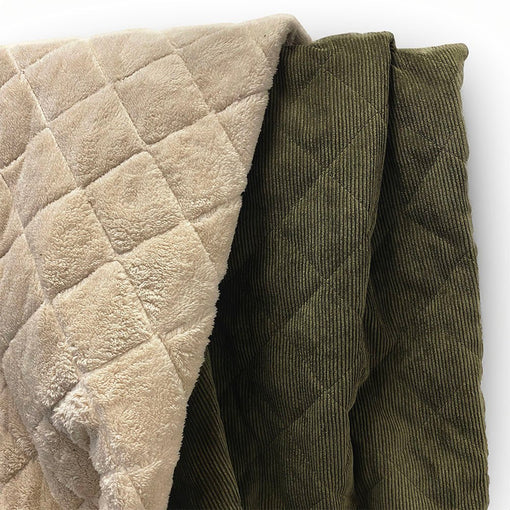It’s that time again — fleece weather is back, and it's better than ever!
We’ve just added three beautiful new shades to the lineup:
- Thyme
- Peacock
- Rosewood
That brings our colour range to nine versatile shades:
- Black
- Light Melange Grey
- Sage Mist
- Sandstone
- Mulberry Blush
- Frosted Iris,
- and now Thyme, Peacock, and Rosewood.
This no stretch fleece is thick, plush, and ultra-soft — perfect for cozy sweatshirts, joggers, loungewear, kids wear, and more. It’s a 70% cotton, 30% polyester blend with a soft brushed back and smooth finish, and it’s Oeko-Tex Class 1 certified, making it safe for even the littlest sewists.
Imported from the Netherlands, this fleece is high-quality and built to last — both in comfort and in style.
What makes it even better?
We’ve got matching cotton ribbing available for every colour. That means your cuffs, waistbands, and neckbands can blend in or stand out — your call.
Ready to create something cozy?
Check out the full collection HERE and start planning your next make.
Want to Amp Up the Look with Colour Blocking?
If you're looking to take your fleece projects to the next level, why not try a bit of colour blocking? It’s a fun and impactful way to play with contrast, use up scraps, or highlight the beautiful shades in our fleece range.
👉 Not sure where to start? We’ve got you covered! Check out our BLOG all about how to approach colour blocking, including helpful tips and pattern suggestions if you’re not in the mood to hack your own.












